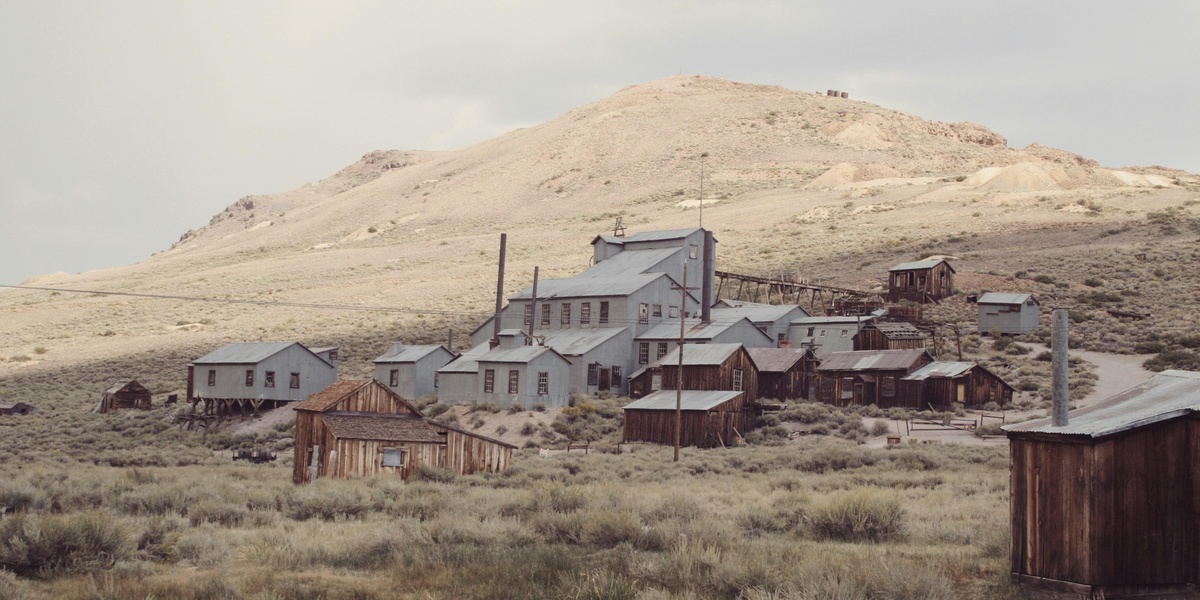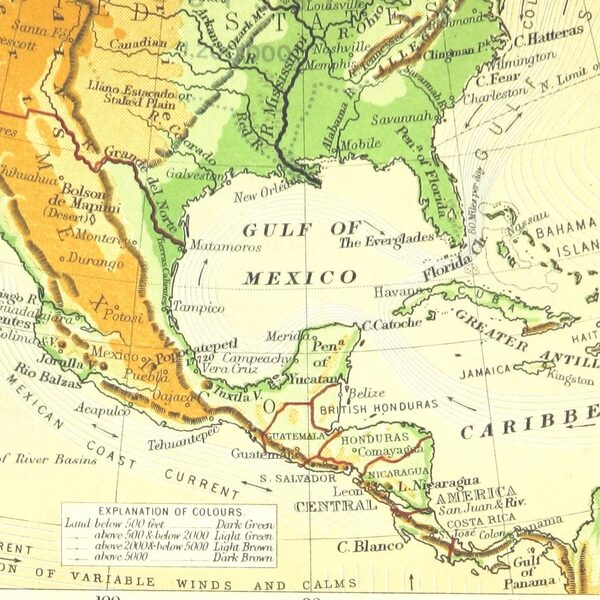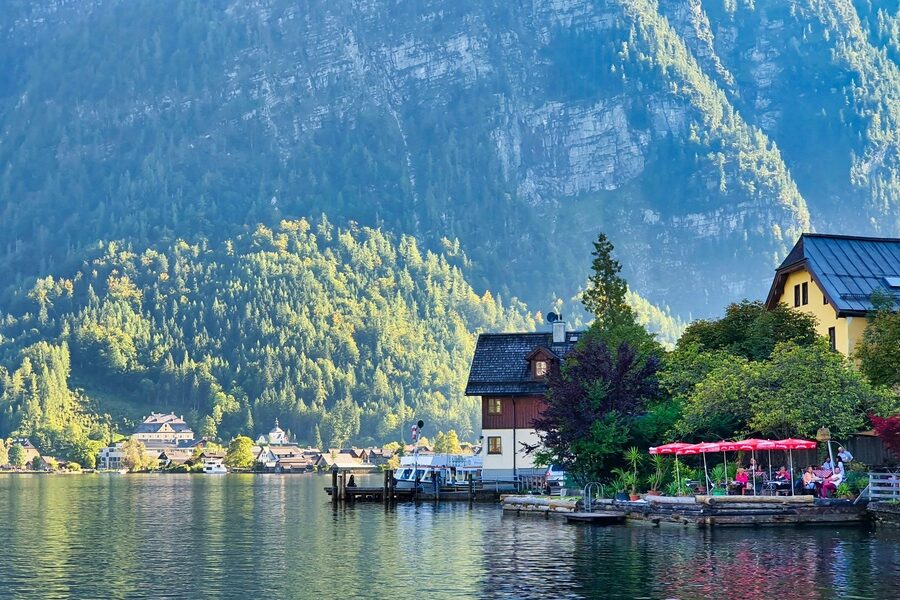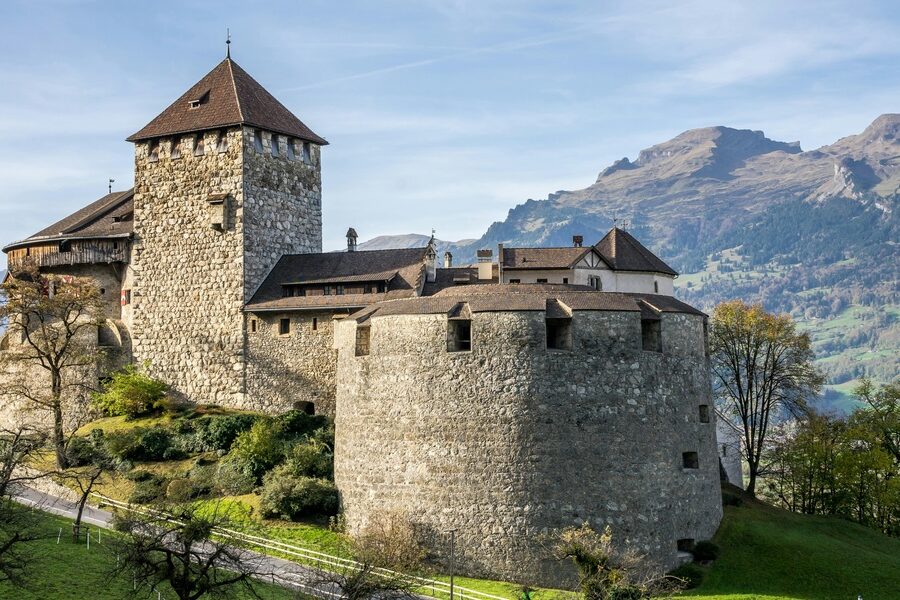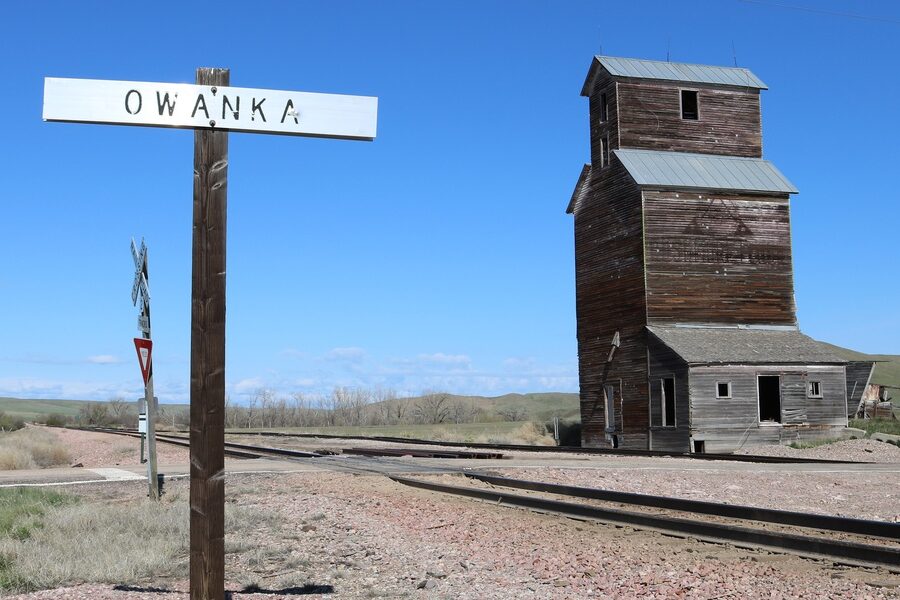Canada’s vast and rugged landscape holds more than just natural beauty; it also whispers tales of bygone eras and forgotten dreams. Across its expansive territories, countless communities once thrived, fueled by industry, ambition, and the promise of a new life. Yet, as industries waned, resources depleted, or routes shifted, many of these vibrant settlements slowly faded into obscurity, leaving behind silent monuments to their past.
From the remote mining outpost of Anyox in British Columbia to the once-bustling mill town of Val-Jalbert in Quebec, the stories are diverse, but the outcome is often the same. Below, you’ll discover a comprehensive list of 20 Ghost Towns in Canada. For each entry, we’ve organized key details including its Province/Territory, approximate Year Abandoned, and the Main Industry/Reason for Decline.
What exactly defines a “ghost town” in Canada?
Generally, a ghost town refers to a community that has been largely or entirely abandoned, leaving behind some or all of its buildings and infrastructure. While the exact definition can be fluid, it typically implies a significant population decline, often to zero, with little to no remaining economic activity. These sites serve as physical remnants of once-thriving places, now frozen in time.
Why are there so many ghost towns across Canada?
Canada’s rich history of resource extraction—particularly in mining, logging, and fishing—coupled with its vast, often challenging geography, contributed significantly to the rise and fall of numerous settlements. Towns often sprang up quickly around a single industry, and when that resource dwindled, or economic conditions changed, the population would relocate, leaving the town deserted. Changes in transportation routes, like railway construction or abandonment, also played a role in isolating and ultimately dooming some communities.
Ghost Towns in Canada
| Town Name | Province/Territory | Year Abandoned (approx.) | Main Industry/Reason for Decline |
|---|---|---|---|
| Bankhead | Alberta | 1922 | Coal mining; mine closure |
| Frank | Alberta | 1917 | Coal mining; mine disaster and decline |
| Barkerville | British Columbia | 1924 | Gold mining; depletion and boom-bust collapse |
| Phoenix | British Columbia | 1919 | Copper mining; ore depletion and fires |
| Anyox | British Columbia | 1935 | Copper smelting; plant closure and isolation |
| Sandon | British Columbia | 1950s | Silver-lead mining; ore exhaustion and fires |
| Cassiar | British Columbia | 1992 | Asbestos mining; mine closure and company withdrawal |
| Bralorne | British Columbia | 1971 | Gold mining; mine closure |
| Bennett | British Columbia | 1914 | Gold-rush transit hub; railway rerouting |
| Forty Mile | Yukon | Early 1900s | Gold rush; migration to richer strikes |
| Port Radium | Northwest Territories | 1960s | Uranium and radium mining; operation cessation |
| Val-Jalbert | Quebec | 1927 | Pulp and paper mill closure; company town collapse |
| Gagnon | Quebec | 1985 | Iron mining; mine shutdown and planned evacuation |
| Battle Harbour | Newfoundland and Labrador | 1966 | Cod fishing decline and resettlement |
| Uranium City | Saskatchewan | 1982 | Uranium mining; mine closures and mass exodus |
| Balaclava | Ontario | 1930s | Logging and milling; industry collapse and damming |
| Depot Harbour | Ontario | 1930s | Railway port decline; loss of rail and shipping traffic |
| Silver Islet | Ontario | 1884 | Silver mining; mine collapse and abandonment |
| Goldenville | Nova Scotia | 1878 | Gold mining; ore exhaustion and depopulation |
| Little Narrows? Skip uncertain entries to preserve accuracy | Prince Edward Island | N/A | N/A |
Images and Descriptions
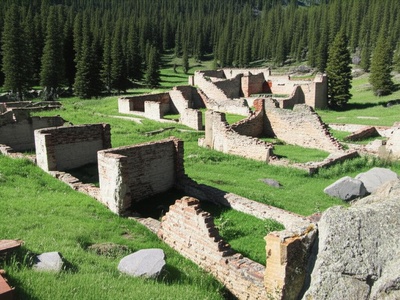
Bankhead
Bankhead was a bustling coal-mining town inside today’s Banff National Park. Abandoned after the mine closed in 1922, foundations, mine portals, and a few building ruins remain amid interpretive trails and ghostly streets beside the river.
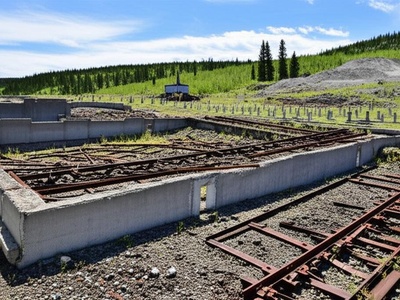
Frank
Frank grew around Crowsnest Pass coal operations and suffered disasters and declining demand. Largely dismantled and effectively abandoned by 1917, scattered foundations, slag heaps, and a weathered cemetery mark the site near Coleman.
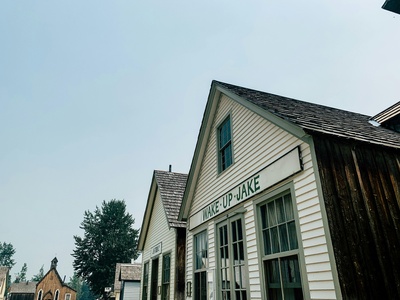
Barkerville
Barkerville was BC’s largest gold-rush town in the 1860s. Largely abandoned by the 1920s when gold waned, it survives as a restored heritage town with preserved buildings, boardwalks, artifacts, and seasonal living-history interpreters.
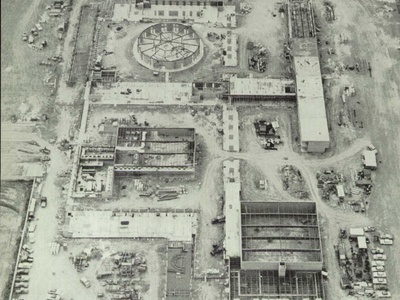
Phoenix
Phoenix rose quickly on copper mining and was abandoned after mines closed in 1919. Remnants include building foundations, slag heaps, a cemetery, and rusting equipment. The site near Greenwood is accessible by road and hiking trails.
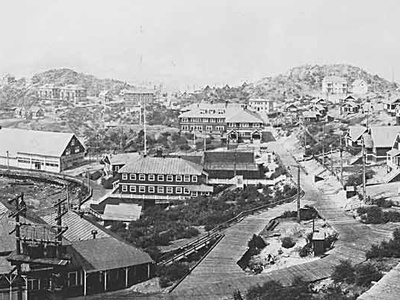
Anyox
Anyox was an industrial smelting town on the northwest coast that shut down in 1935 when ore and markets declined. Concrete foundations, rusted boilers, and a derelict hydroelectric station lie overgrown in remote coastal rainforest, reachable by boat or floatplane.
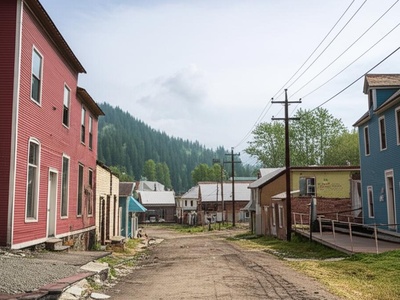
Sandon
Once a busy Kootenay mining town, Sandon declined as ore ran out and fires destroyed buildings. Today ruins, a restored hotel, a heritage station, and narrow streets draw ghost-town visitors and photographers seeking atmospheric relics.
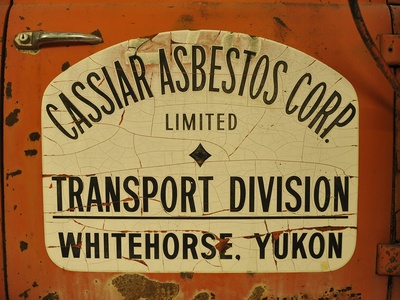
Cassiar
Cassiar was built around asbestos mining; the operation closed in 1992 and much of the settlement was removed. Concrete pads, a collapsed mill, and empty streets remain beside a quiet lake, accessible by rugged northern roads.
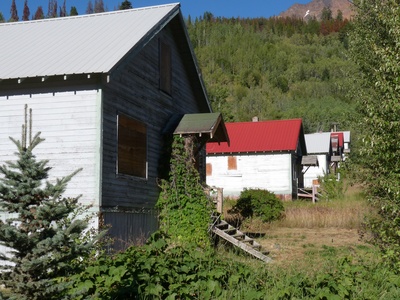
Bralorne
Bralorne was a wealthy gold-mining community until operations ceased in 1971. Headframes, empty houses, and a small interpretive collection sit amid forested valleys; most buildings stand vacant, giving a somber, preserved-ruin atmosphere.
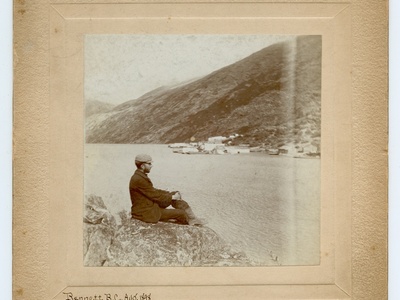
Bennett
Bennett boomed during the Klondike Gold Rush as a lake port and rail terminus. When rail lines and traffic shifted by the 1910s, the town emptied. Ruined hotels, docks, and wooden sidewalks remain near Bennett Lake.
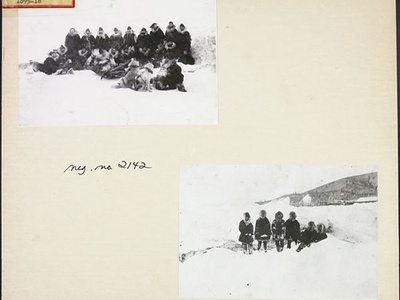
Forty Mile
Forty Mile was one of the earliest Yukon settlements, thriving during initial gold discoveries. As prospectors moved to richer fields, the town declined. Historic buildings, a cemetery, and interpretive signage survive as a territorial historic site.
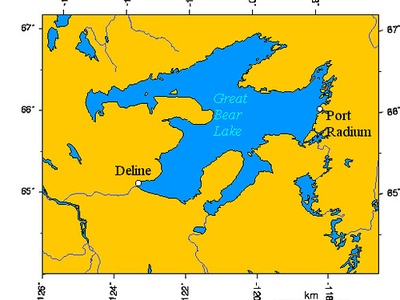
Port Radium
Port Radium supplied radium and uranium for early 20th-century industries and wartime projects. Mining ceased mid-century; scattered foundations, tailings, and derelict equipment remain on Great Bear Lake’s shore in a remote setting.
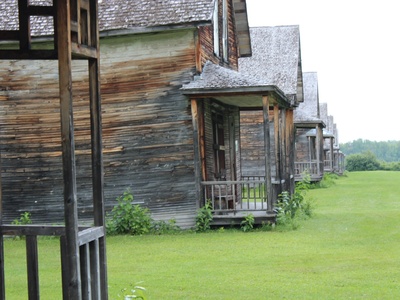
Val-Jalbert
Val-Jalbert was a mill town built beside dramatic falls. Abandoned in 1927 after the mill closed, the village sits frozen in time with preserved homes, the company store, and waterfalls; now a well-managed heritage site.
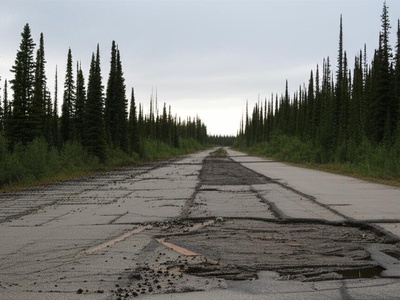
Gagnon
Gagnon was a purpose-built iron-mining town intentionally closed and dismantled in 1985 after the mine ceased operations. Streets are overgrown, foundations visible, and the cleared footprint marks the deliberate end of a northern company town.
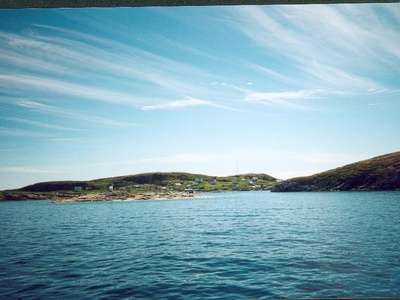
Battle Harbour
Battle Harbour was a prosperous 19th-century fishing outport abandoned under mid-20th-century resettlement programs. Restored harbour buildings and boardwalks operate as a seasonal heritage center; otherwise the site is quiet and evocative of outport life.
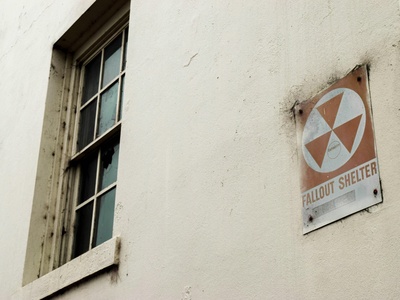
Uranium City
Built in the 1950s around uranium mines, Uranium City lost most residents after mines closed in 1982. Many buildings were removed; ruins, overgrown streets, and an abandoned airstrip remain on the remote northern plain.
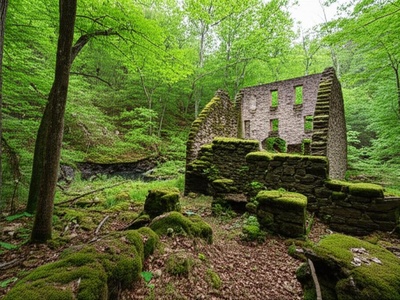
Balaclava
Balaclava was a 19th-century mill village on the Mississippi River. After mills closed and river changes reduced viability, the town declined. A picturesque stone mill ruin and scattered foundations survive in a quiet, forested valley.
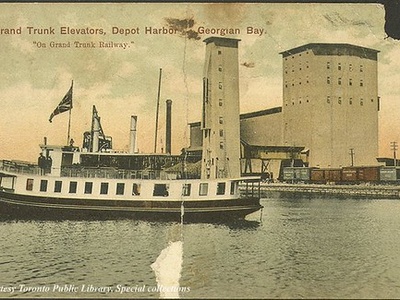
Depot Harbour
Depot Harbour on Manitoulin Island was an early 20th-century rail and shipping terminus. Abandoned when rail routes and shipping patterns changed, concrete piers, foundations, and ghostly streets remain along a sheltered bay.
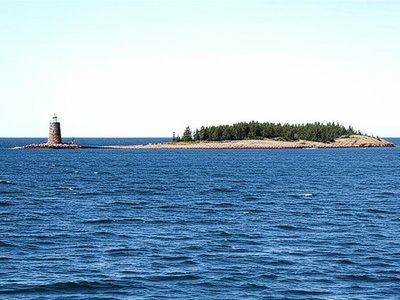
Silver Islet
Silver Islet was a remarkable island silver mine in Lake Superior, abandoned when operations failed in 1884. Remnants include breakwater stones and shoreline ruins; the unusual island-mine story is visible from nearby shores.
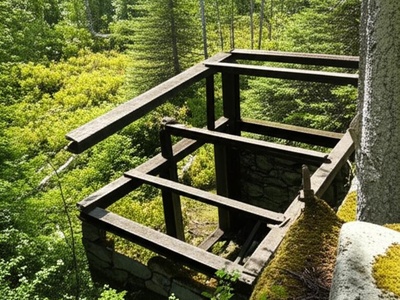
Goldenville
Goldenville was a late 19th-century Nova Scotia gold-rush community that faded when ore was exhausted. Old mine workings, collapsed mill foundations, and scattered relics lie hidden in the surrounding forest and bogs.

Little Narrows? Skip uncertain entries to preserve accuracy
N/A

